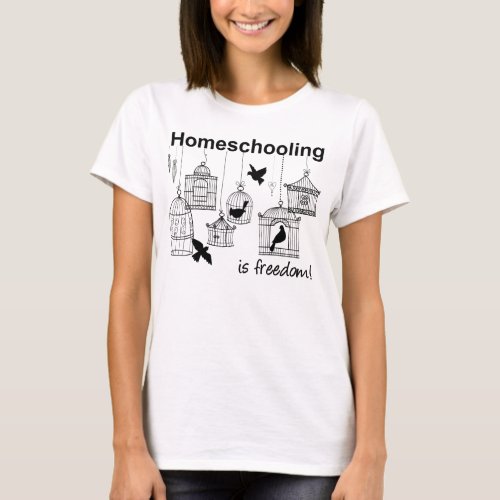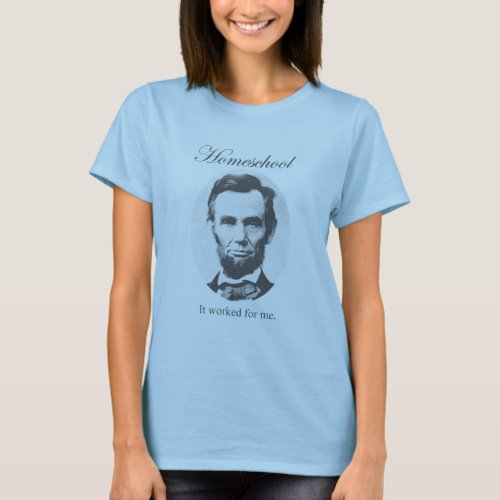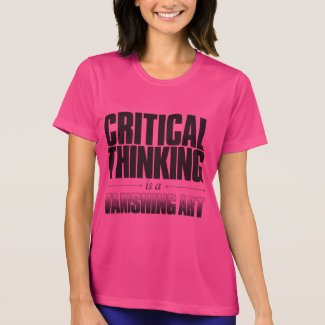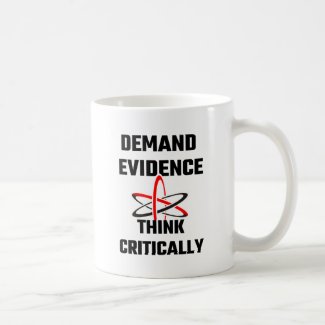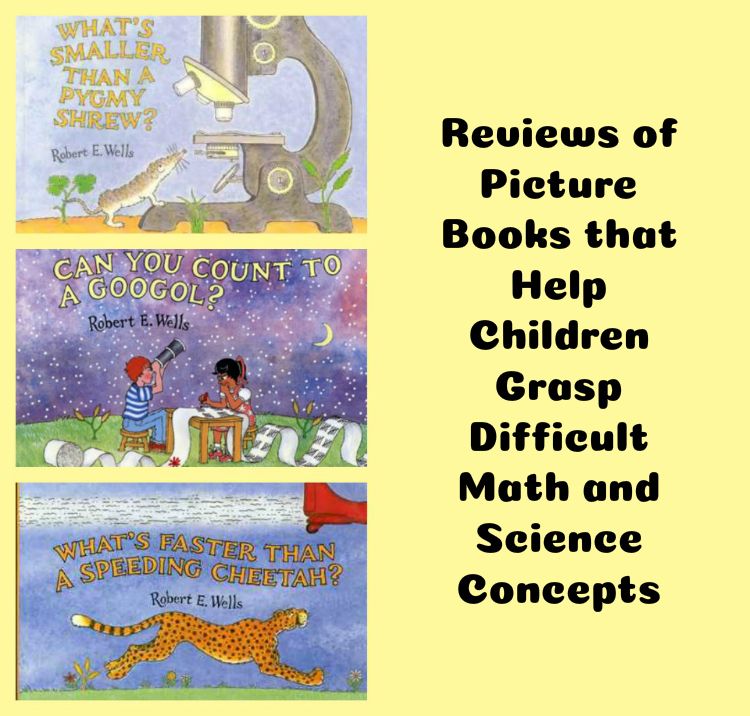 |
| Some of the Books I'm Selling at Homeschool Used Book, © B. Radisavljevic |
A New Site for Homeschoolers to Shop and Sell
Before I started blogging, I was a homeschooling mom. When Jason died in 1991, I became a homeschool vendor, exhibiting at conventions on both coasts. That adventure ended in 2015 when Hubby's knees gave out. So I turned to selling online.
I built a website, and sold on many used book listing services. In 2014 I had neck surgery and couldn't ship in a timely manner. I had to take my books offline. It's amazing what two months without a web presence can do to your customer base. So I retired the business and started blogging. It hurt to have to sell the same books sitting in my warehouse as an Amazon affiliate instead of selling them direct and shipping them.
That's why I was so happy this week to discover a new way for homeschoolers to shop for and sell their curriculum and living books: Homeschool Used Book.com. Since I still have a house and shed full of books, I read the vendor friendly terms and signed up to sell. I have temporarily turned half the guest room into a shipping area until I can redo my office.
I started listing on July 13 and sold my first book the next day. Homeschool Used Books sent my shipping label the next night and I shipped the book the next afternoon. I couldn't be happier.
 |
| Book Labeled and Ready to Go, © B. Radisavljevic |
The Pros of Selling on Homeschool Used Book
First, Homeschool Used Book is not for selling just any used books. It's a specialized marketplace designed for homeschoolers to help each other out. Those who are homeschooling know what is useful to homeschoolers. They know what's popular and what's hard to find. They list what they have used or thought they would use and list it when they no longer need it. It is not a place for general booksellers who have not been part of the homeschooling community to expand their markets.These are the reasons I believe Homeschool Used Book is a good deal for vendors.
- They don't have to build their own sites
- They don't have to collect money
- They don't have to pay for a shipping account to print postage and drop off packages without standing in line at the post office
- They don't have to maintain a database themselves
- The listing interface is simple and easy to understand
- Payments can come either through PayPal or as credit to buy books on the site.
- Vendors pay fees only when they sell something. No listing fees.
- When a sale is made, the vendor gets the listing price minus a 12% commission.
- Each vendor gets a "store" space to introduce themselves and let customers see all their books in one place.
Because Homeschool Used Book absorbs most of the overhead I had selling on other sites, it's ideal for me. One reason I quit selling was that my website had become obsolete and I had to rebuild. That's hard with a 600-page website. I didn't want to do it. I also had to pay for Endicia's shipping program to get the best shipping rates, print labels at home, and skip the line at the post office.
To get my merchandise into one of the large used book selling sites online (ABE Books, Amazon, etc) with the least effort and fees I needed to use a listing interface that allowed me to upload easily to one or more sites and keep track of inventory and customer data, print packing slips and invoices, and help make catalogs.
Until 2015 I used a version of Booktrakker that did all I needed and more. I could install the program on my computer and get the new updates for a one-time price. Every couple of years there was an additional charge for a major update. About the time I recovered from surgery, there was a major update. I could no longer use the version I had to upload to the various sites.
Instead I would need to subscribe to an internet version. I didn't want to start paying a monthly fee with no guarantee I'd sell enough to cover it. I don't need my own database to sell at Homeschool Used Book. That saves me $20 a month in fees that I pay whether I sell anything or not.
I calculate that I save at least $40 on monthly charges by selling on Homeschool Used Book. I also save by not needing to accept credit cards directly. What's not to like?
The Cons of Selling on Homeschool Used Books
So far I haven't found many. Because I'm so new, I haven't experienced a payday yet. My one sale did not total the $50 needed for a payout. I can live with that just as I do on every other site that pays through PayPal. I have no reason to believe I won't be paid what I'm owed when it gets up to $50.
Parts of the site are a bit clunky in the vendor area. I've had the most trouble getting my vendor "store" to look right. Be that as it may, I doubt if that will keep someone who wants one of my books from buying it.
While trying to compare my prices to those of other vendors and to see if the book I want to list is already there, I've used the search function a lot. It returns a lot of inaccurate results, but that could be due to vendors putting their products into too many categories just to get them seen by more people.
While trying to compare my prices to those of other vendors and to see if the book I want to list is already there, I've used the search function a lot. It returns a lot of inaccurate results, but that could be due to vendors putting their products into too many categories just to get them seen by more people.
Another con may be limited traffic. I have no idea how many homeschoolers search here for their materials. I made one sale quickly. I see others are making sales, as messages pop up saying who bought what when, but some of the sales reported were over a week old. This is probably not the first place homeschoolers go to shop -- yet. As more people begin to list, it should attract more buyers and increase sales for all the vendors. I hope this post will help get the word out.
The thing I liked least when making my first listings was not knowing how much weight is allowed for packing material. I used to be able to weigh the complete package before printing a label. Now the site takes the weights I've provided for individual items, adds them, and estimates how much my packaging will add to that. If they guess wrong, the package can be returned for not enough postage. I've just found out they calculate two ounces for every additional one to two pounds. So it might be a good idea to adjust your weights if you anticipate your packing may weigh more than allowed in the estimate. Shipping more than one product to a customer may mean the difference between using a bubble bag or a box that needs extra padding.
I checked at the post office today and discovered there's no way I can pay extra at the post office before shipping if the package is overweight. It's hard to predict which items may be combined in an order going to one customer and whether that will mean shipping in a box or a padded bag. So I'm now adding extra weight when I list something that may require non-standard packaging.
So Far It's Been a Smooth Experience
 |
| My Hall Bookcase Stores Part of What I'd Still Like to Sell. © B. Radisavljevic |
I'm actually enjoying being a bookseller again. This abundance of books has stolen a lot of my joy, not to mention how much of my house I can use. I want my living room back. If you need children's books or homeschooling materials, I hope you'll visit my store at Homeschool Used Book. While you're there, you can check out the other vendors, too. And if you've got used curriculum to sell, give the site a try. You've got nothing to lose and you may have much to gain.
Note: The author may receive a commission from purchases made using links found in this article. “As an Amazon Associate, Ebay (EPN), Esty (Awin), and/or Zazzle Affiliate, I (we) earn from qualifying purchases.”


